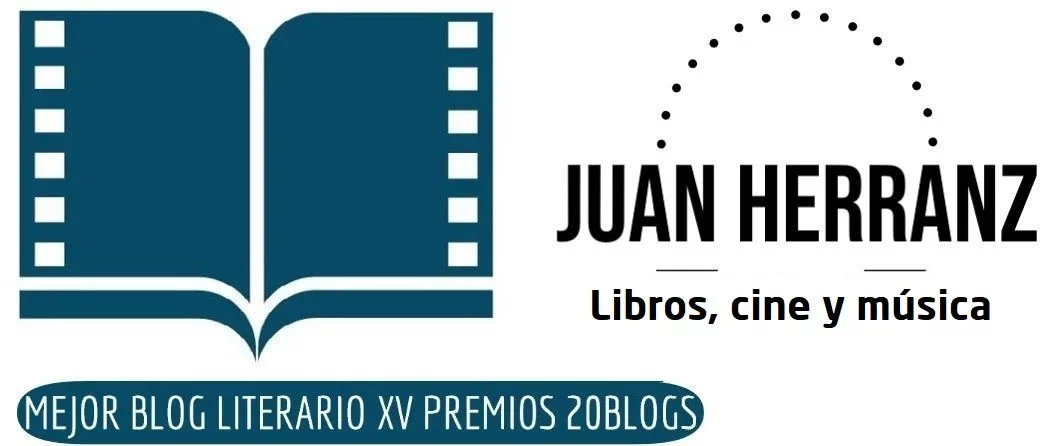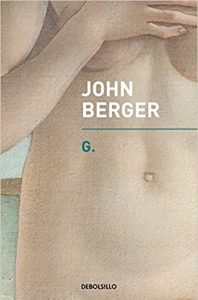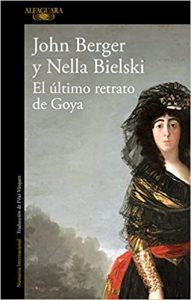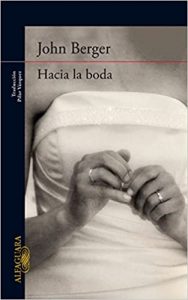Some creative combinations are always enriching. The poet turned into a writer or vice versa, the musician turned into a poet who even ends up winning the Nobel Prize for Literature (nod to the case Dylan) In the case of John berger It is necessary to speak of the passage from the more physical images of the painting to the literary images and symbols that generate the final vision from the inside of the reader that makes up the mosaic of the idea, the expression, the description or the character.
Y the creative melting pot lasted throughout his life. Painter and writer or writer and painter depending on the moment. Not forgetting many other forays into articles, reviews, and even screenplays for the big screen. The point is that in Berger we find that reference for the emblematic as well as for the purely creative (strictly literary for this post, of course, because painting in my case is a distant universe)
You can write about art, raise great fictional plots or expand at your leisure in delicious tests. Literature can always give shelter to all that sum of ideas that the contemplation of a painting can awaken and that, despite the limitations of the word, only with it can we try to cover technical nuances or general sensations.
A Berger was dedicated to all this, who analyzed and rambled on different painters and their works, with a narrative follow-up that evokes the sum of brushstrokes that make up life, that awaken the creative genius, that enhance what is most human in us. remains: artistic expression.
Also John Berger's extensive work takes on an autobiographical pointor on some occasions or he ends up moving away from art from time to time to simply tell the story of a doctor lost in a small town or to offer us a fable that ends up being a hurtful satire of our world.
Variety in a set of books in his handwriting always surprising.
Top 3 recommended books by John Berger
G
A novel that recalls that of Cherchez la femme. The woman as the motive of everything for the notion of man. Sex as a changing fact that equates woman and man in their conversion towards the pleasingly joint.
But we are not talking about a recent sexuality, born from the full feminist integration in a world weighed down by the masculine. It would be too easy to tell this story in a current setting.
We travel to a world of nineteenth-century reminiscences and strange lights of a twentieth century that awaits its bloodbath in the Europe of nationalisms. Blood and sex as a background for a canvas of the same intensity. Mr. G is the man of that beginning of the end that was the twentieth century.
Tremendous and enlightening things are happening around him, like the chiaroscuro of a painting only understandable from the future of a reader who contemplates everything with the omniscience of the external perspective. Sex and evolution, and historical materialism and communism and art.
An impossible novel for someone who is not a painter and in whose initial scheme of work charcoal profiles are established instead of branches of a story.
The result is the picture that frames everything that happened in a time when everything happened. Only, by reading the painting instead of looking at it, we can never fully discern who G. is.
The last portrait of Goya
Of course, Goya, the painter of painters from a small town in my beloved Aragon. Goya is undoubtedly an oil writer. What the Aragonese genius was able to capture in his paintings today becomes an adventure to enjoy, halfway between Don Quixote and the Bohemian Lights.
It is about the History of Spain from the privileged eyes of the creator, whose hands and brushes transmit emotions and awaken them in a XNUMXth or XNUMXst century viewer. When it is not about overwhelming compositions of large dimensions, we find the Goya of stories, of engravings as immortal moments made to etching.
And for each creative period it leaves that trace of change, of the variable emotions that overwhelm us depending on the circumstances. The portrait of Spain with its lights and darks, with its brightness and deformities typical of moving between the XNUMXth and XNUMXth centuries.
It is not surprising, then, how interesting this book The Last Portrait of Goya seems to me, with its intention of providing portraits of one of the universal creators, especially for its ability to synthesize and always maintain the imprint of the essentially human in the artistic creation.
Towards the wedding
There are paintings full of details and symbols. I am referring to cases such as "The Garden of Earthly Delights" by Hieronymus Bosch or "Guernica" by Picasso.
And this novel is the same endless background mosaic, in which new nuances can be discovered in its sum of characters, in the casual intersection of their lives, in its projections that approach or recede, depending on the moment. It all begins with the wedding of a daughter for whom the father and mother are preparing to travel, each from their different destinations.
At the wedding, not only the parents come together, but also a series of characters who reveal miseries and symbols and who celebrate with the theatricality of a life exposed to the same light of the sun and, nevertheless, filled with an infinite number of nuances brushed by characters with great secrets to finally reveal.



